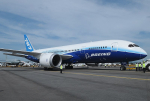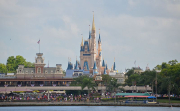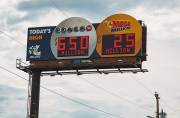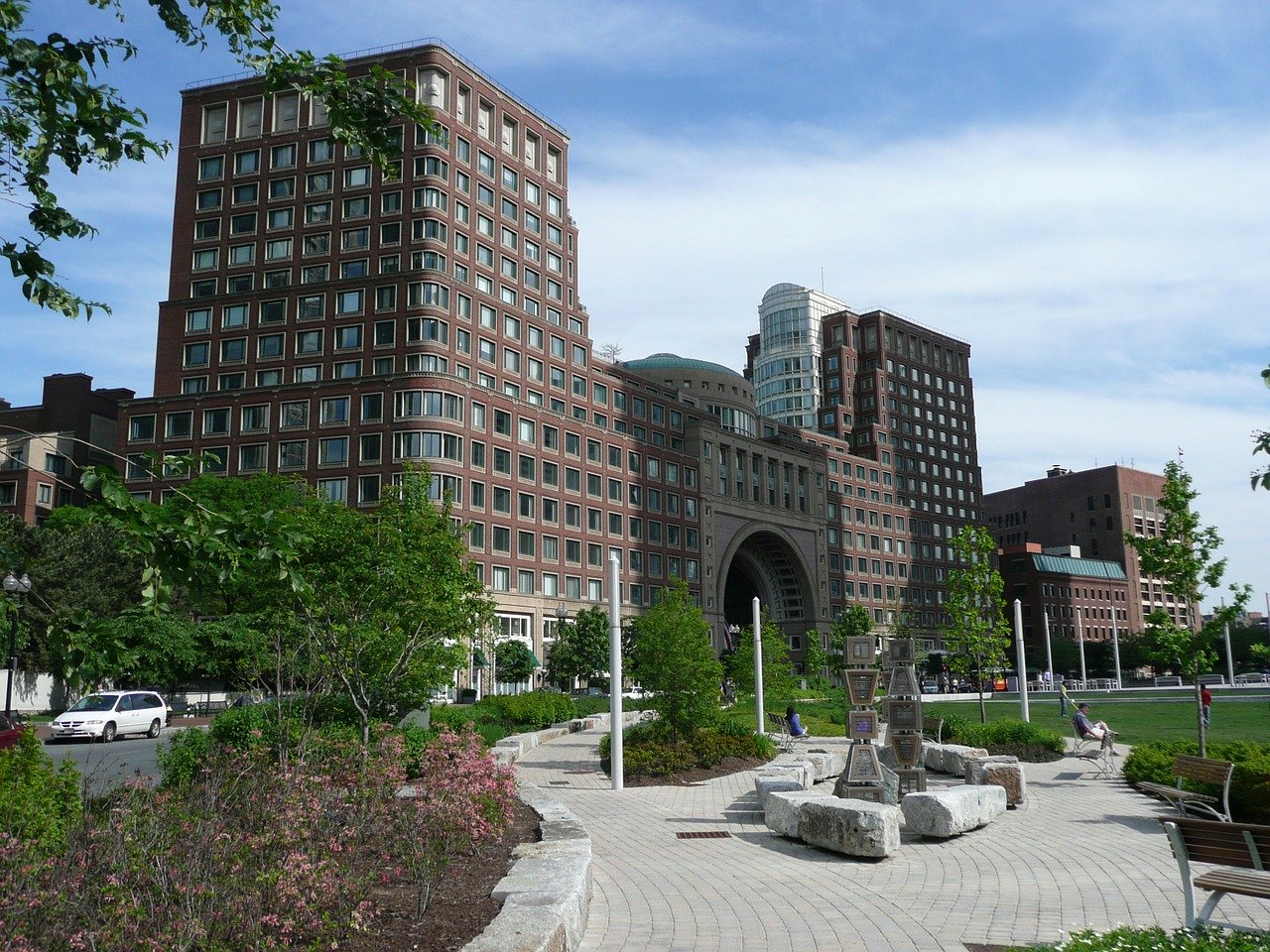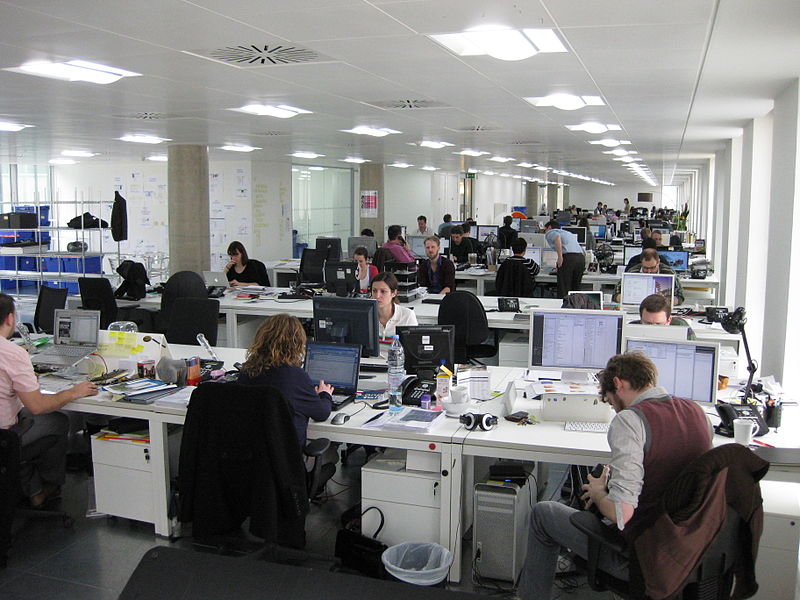
The November job report showcased a rebound in hiring, reflecting the return of striking auto workers and actors to their roles, while businesses continued to navigate the challenges posed by
inflation and interest rates. Employers added 199,000 jobs, leading to a drop in the unemployment rate from 3.9% to 3.7%, surpassing economists' estimates of a 186,000 job increase.
Average hourly earnings experienced a 12-cent rise, reaching $34.10, maintaining a yearly increase of 4%, a slight dip from the previous year's peak at 5.9%. This moderate growth aligns with the Federal Reserve's aim to curb inflation, hoping for wage growth around 3.5% to align with their 2% inflation goal. Last year saw wage growth surpassing 5%, driven by severe COVID-induced labor shortages.
Speculation regarding the Fed's move on interest rates suggests a probable pause in the third consecutive meeting, marking a potential end to sharp rate hikes aimed at stabilizing inflation. The job market's moderation and the gradual cooling of price surges have bolstered this belief among economists.
While the drop in the unemployment rate provides evidence for the Fed's cautious approach to rate increases, it also challenges the expectation of an immediate rate cut, according to experts like economist Robert Frick and Ian Shepherdson, chief economist of Pantheon Macroeconomics.
The stock market responded with cautious optimism to the report. Investors, anticipating rate adjustments to boost stocks, found the slowing payroll gains and decreasing unemployment mildly positive. Both the Dow Jones industrial average and the S&P 500 index saw modest gains in mid-morning trading.
Health care led the sectors in job gains in November, adding 77,000 jobs, followed by government with 49,000 and manufacturing with 28,000 jobs as the auto strike concluded. Leisure and hospitality, severely affected by pandemic layoffs, added 40,000 jobs, while retail and transportation faced declines.
Despite apparent job gains, certain factors indicate a softening job market. The resolution of strikes by the United Auto Workers and Screen Actors Guild artificially boosted payroll gains, revealing that the private sector added only 103,000 jobs last month.
However, a deeper analysis reveals a gradual deceleration in job growth. Early in the year, job creation averaged around 300,000 monthly, which has since settled to a solid 200,000. Forecasts predict a further decline to approximately 40,000 monthly gains by the next summer, averaging 55,000 throughout 2024.
Economists, surveyed by the National Association of Business Economics, express concerns about a potential recession, with nearly half indicating a 26% to 50% chance within the next year, while a quarter believe it's likely. Recent revisions have lowered these probabilities, attributing it to the economy's resilience.
However, the spending power of low- and moderate-income households is waning as COVID-related stimulus funds and savings deplete. Rising prices have resulted in record-high credit card debt, contributing to increased delinquencies.
Inflation, although reduced from its 40-year peak of 9.1% last year to 3.7%, remains above the Federal Reserve's target of 2%. Despite the Fed's pause in aggressive interest rate hikes since July, the key rate persists at a 22-year high of 5.25% to 5%.
Following the robust 5.2% third-quarter expansion, growth is anticipated to slow down to about 1% in the current and subsequent quarters, as projected by the NABE survey.
While job growth has been sustained due to companies' reluctance to lay off workers amid labor shortages, expectations foresee an uptick in job cuts next year. Photo by Phil Whitehouse, Wikimedia commons.















